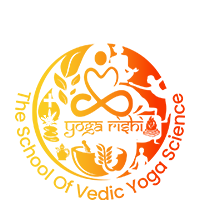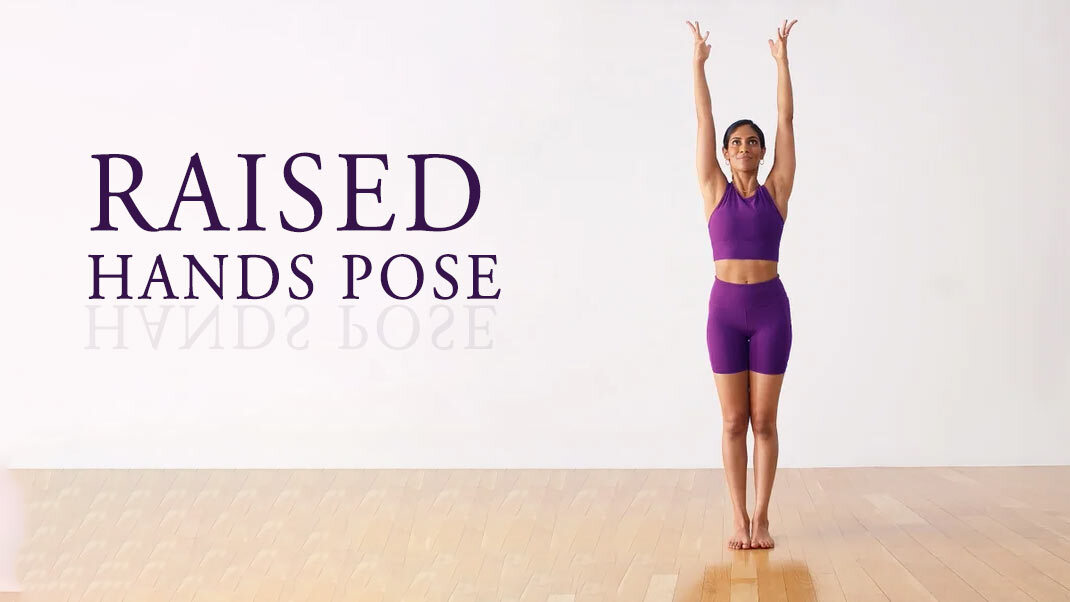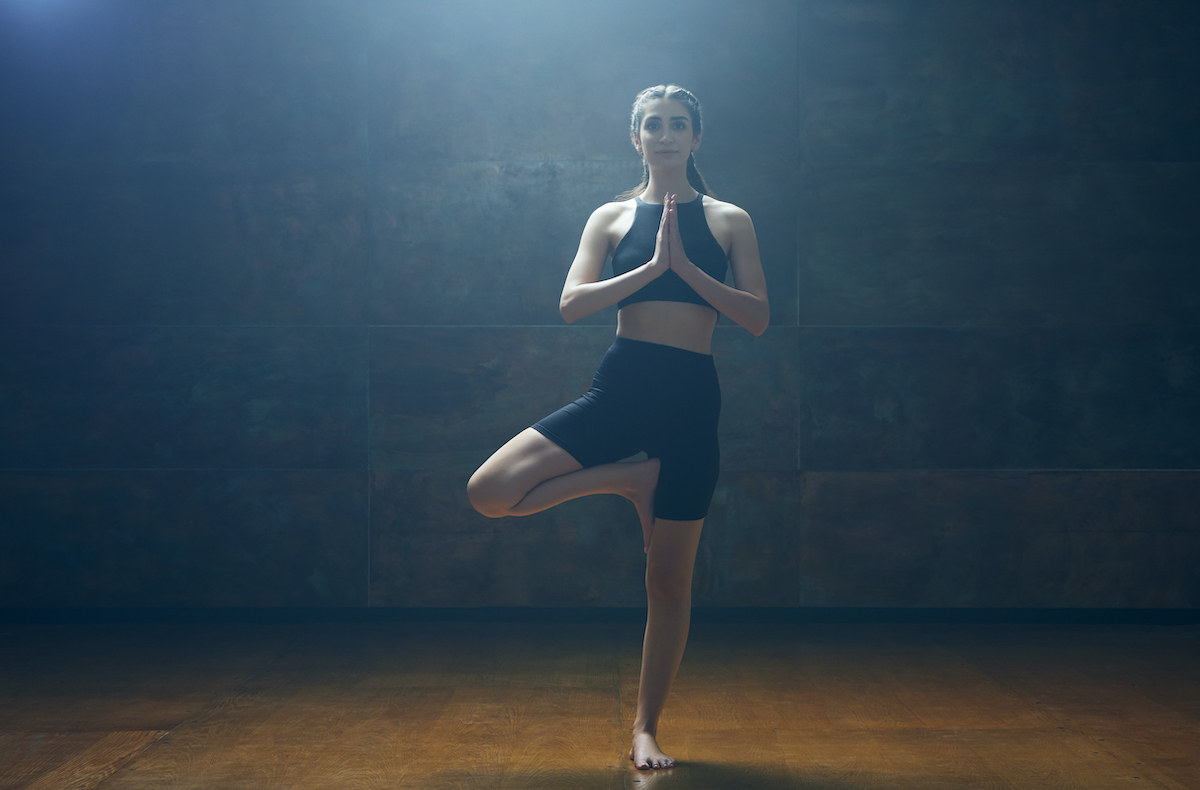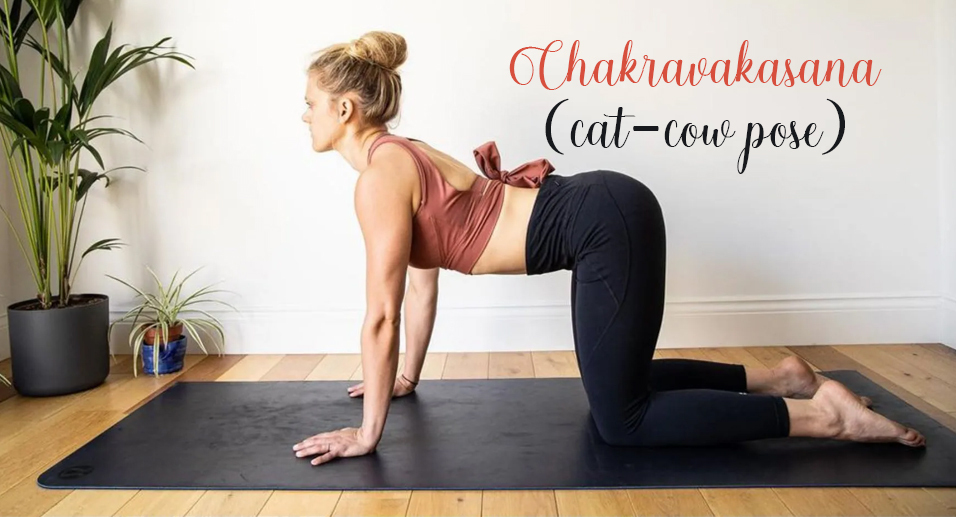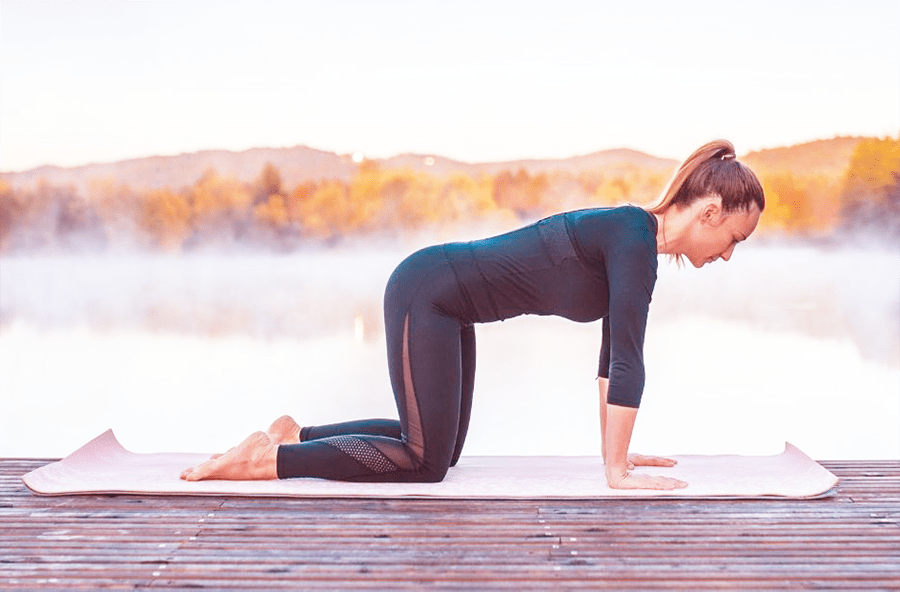
Table Top Pose(Bharmanasana): The Core Strengthening Asana
Introduction Of Table Top Pose or Bharmanasana :
Core strength is an essential part of general fitness and is important for sustaining a healthy way of life on a regular basis. The muscles that are located in your backside, pelvis, and diaphragm are referred to as your “core.” In addition to promoting healthy posture and lowering the risk of back discomfort, having a solid core also improves balance and stability, which facilitates daily activities like bending, reaching out, and carrying.
It also significantly contributes to injury prevention, enhanced sports performance, and general wellbeing. Consider include exercises like planks, crunches, & yoga in your fitness regimen to strengthen your core on a regular basis.
The yoga position known as Table Top Pose fulfils the task of building the core elegantly and easily. Even children can do it since it is so simple. We are going to explore this asana today.
What is Table Top Pose or Bharmanasana?
Table Top pose, also known as “Bharmanasana,” is a basic and adaptable position that may be used as the foundation for a variety of other poses. In this pose, your hands, knees, and back form the shape of a tabletop.
This stance, which is suitable for beginners, is frequently used as a warming up or a transition to other poses, such as Cat-Cow posture, Downward-Facing Dog, etc. In addition, it helps to increase spinal and shoulder elasticity while enhancing core strength, balance, and posture.
Steps to Perform the Table Top Pose:
Table Top Pose is rather easy to do. The steps are as follows:
- Start off on a comfortable surface, such as a yoga mat.
- Get down onto your hands and knees, placing your wrists squarely underneath your shoulders & your knees exactly beneath your hips. For greater support, the fingers need to be spaced widely.
- Make sure your hands are firmly planted and that your fingers are facing forwards. The ankles and knees ought to remain in line with each other and hip-width distant.
- Try to keep your spine neutral. The neck ought to remain in line with the spine, the back must be flat, and your eyes should be downwards.
- Pulling the navel slowly towards the spine will help you activate your core muscles. The pelvis and lower back are stabilised by this movement.
- Remember to breathe deeply. Deeply inhale via your nostrils while permitting the abdomen to expand. Breathe out gently via the mouth, and let your belly draw in.
- Maintain this position for as much time as your practise requires, usually a few breaths or as instructed by your teacher.
- Slowly touch the ground with your hands and knees in order to release the posture.
Modifications and Variants you can Attempt:
You may adjust and modify the original to meet your demands and degree of flexibility. Consider these changes and variations:
- To create Half-Table Pose, maintain the opposing knee on the floor while extending one leg straight behind you from the starting position. The extended leg as well as hip flexors can be stretched more deeply with this version.
- Straighten one leg towards back and the opposing arm straight ahead while remaining in the initial position. On the opposite knee and hand, maintain balance. Coordination as well as balance are improved as the core and back are strengthened in the Balancing Table Pose.
- Form soft fists using your hands and place your weight there rather than on your palms if you’ve got delicate wrists or must try a milder variation. Baby Table Top Pose, a variation, eases wrist strain.
- The knees can also be protected from pressure and strain by placing a folded blanket underneath them.
Benefits Of Table Top Pose:
The crucial fundamental posture of Table Top Pose benefits mentally and physically. Among the main ones are:
- Your abdominals, lower back, and pelvic muscles need to be tightened up in order to maintain the posture. Better posture and a lower risk of back discomfort can result from this.
- On your knees and palms, keep a balanced stance to increase stability and balance all around. Risk of falling may be decreased as a result.
- The pose’s regulated, attentive breathing can be relaxing and help people feel less stressed and anxious.
- For individuals aiming to develop upper body strength, Table Top Pose benefits since the putting weight on the hands in it improves the arms, shoulders, and wrists.
- For those who require a lot of time typing or using their hands for other tasks, it can assist to enhance the healthiness of the wrists.
- Correct posture is encouraged as a result of the right spinal alignment it promotes.
- This pose’s moderate compression on the abdomen helps stimulate the digestive system, which can help with digestion and encourage regular bowel movements.
- It acts as the foundation of numerous yoga sequences and enables seamless progression into more difficult asanas.
- This posture may be energising when practised as a part of a yogic routine, strengthening the body for harder poses and exercises.
Things to Keep in Mind while Performing this Asana:
In broad terms, Bharmanasana is regarded as a secure and beginner-friendly posture. In order to guarantee your comfort and safety, you must take the following measures, just like with other physical activity:
- Be cautious of applying pressure on your wrists if you happen to have previous experiences of wrist pain or injury. Forming soft fists using your hands or utilising accessories like blocks or wrist cushions might change the position.
- Think about putting a yoga mat, pillow, folded blanket, or towel beneath your knees for extra assistance if you suffer from knee problems or stiffness.
- Pay focus on how your spine is positioned. Make sure your back is straight and not too rounded or arched.
- Be mindful of your breathing while you hold the position. Try not to hold your breath.
- By looking down at the mat, you can keep your neck in alignment with your spine. Don’t allow your neck drop down or extend it upward.
- Prepare your body for the posture by warming it up. Warm-up postures and gentle stretching will be sufficient.
- Particularly while entering or exiting the posture, take care to keep your balance and steadiness.
- Attempt not to force your body into the pose. As you get more flexible and strong, slowly ease into the position and only prolong it or make it deeper. Overextending oneself might result in injury.
- Before doing this pose, speak with a licenced instructor or healthcare professional if you have any specific health issues or injuries.
Conclusion:
Table Top Pose may be an essential part of your practise, regardless of your level of yoga expertise. It is a flexible and approachable position for practitioners of every ability since it has many advantages for physical health, flexibility, and psychological well-being.

